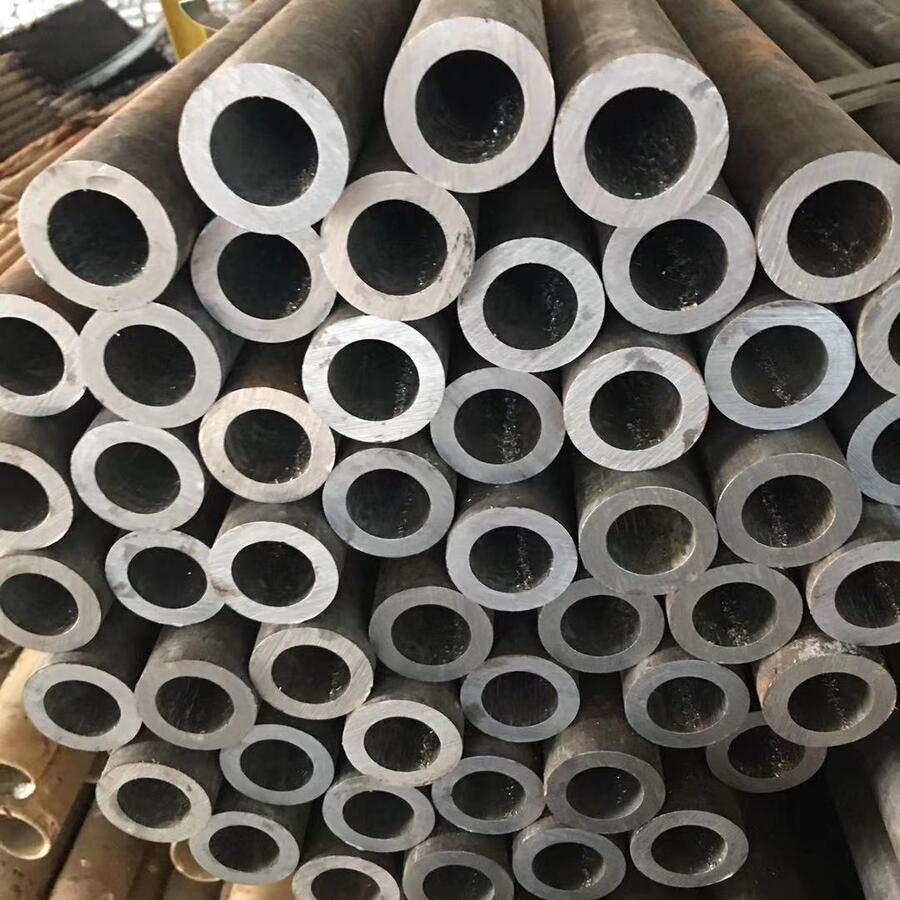In modern metallurgy, the rolling mill supplier factory serves as the backbone of metal forming operations. These specialized facilities design, engineer, and manufacture the complex machinery that transforms raw metal into precise shapes and thicknesses. Unlike generic equipment manufacturers, a dedicated rolling mill plant combines mechanical engineering, metallurgical science, and automation technology to create turnkey solutions for steel, aluminum, and copper processing.
Core Technologies in Modern Rolling Mills
Contemporary rolling mill equipment incorporates several critical subsystems working in concert:
- Work Roll Assemblies: Precision-ground rolls with specialized coatings withstand extreme pressures up to 4,000 MPa
- Hydraulic AGC Systems (Automatic Gauge Control): Maintain micron-level thickness accuracy through real-time feedback loops
- CVC® Technology (Continuously Variable Crown): Enables dynamic profile adjustment during operation
- Hybrid Drive Systems: Combining AC motors with hydraulic assists for optimal torque delivery
Leading rolling mill supplier factory operations like HANI TECH integrate IoT sensors throughout their hot rolling mill designs. These monitor vibration signatures, thermal expansion, and load distribution – transmitting data to predictive maintenance platforms that reduce downtime by up to 40% according to industry studies.
Technical Parameters of Advanced Rolling Mills
The engineering specifications below represent current industry benchmarks for high-performance rolling mill machinery:
| Parameter Category | Hot Rolling Mills | Cold Rolling Mills | Tandem Mills | Sendzimir Mills |
|---|---|---|---|---|
| Max Rolling Force (kN) | 45,000-100,000 | 15,000-30,000 | 25,000-50,000 | 10,000-20,000 |
| Roll Diameter (mm) | Φ800-1400 | Φ450-650 | Φ550-850 | Φ50-150 |
| Rolling Speed (m/min) | 5-30 | 600-2500 | 100-1500 | 30-400 |
| Thickness Tolerance (mm) | ±0.10 | ±0.005 | ±0.03 | ±0.001 |
| Temperature Range (°C) | 900-1250 | Ambient-150 | 50-300 | 70-200 |
| Power Consumption (kW) | 3000-15000 | 1000-6000 | 5000-20000 | 500-2500 |
| Annual Capacity (tons) | 500k-5M | 100k-1M | 300k-2.5M | 10k-150k |
| Automation Level | Level 2 DCS | Level 3 MES | Level 3 MES | Level 2+ DCS |
Innovations from Leading Rolling Mill Factories
HANI TECH’s rolling mill supplier factory in Henan, China exemplifies technological progression with these patented developments:
- Hydrodynamic Bearing Systems: Oil-film roll neck bearings allowing 30% higher RPM limits versus conventional designs
- Modular Coilbox Integration: Reduces temperature drop between roughing and finishing mills by 50-70°C
- Machine Vision Thickness Monitoring: Laser-augmented cameras achieving ±0.003mm resolution at 120m/min line speeds
Their rolling mill division specializes in complete revamping projects, where existing rolling mill equipment is retrofitted with modern control systems and upgraded mechanical components. This approach delivers 60-80% cost savings versus new installations while extending equipment lifespan by 15-20 years.
Selecting Your Rolling Mill Partner
When evaluating a rolling mill supplier factory, consider these critical factors:
- Vertical Integration Capability: Facilities producing their own gearboxes, stands, and control systems ensure compatibility
- Material Certification: Look for EN 10204 3.1 certificates for all load-bearing components
- Dynamic Simulation Reports: Finite Element Analysis (FEA) validating structural integrity under peak loads
- Global Service Network: Minimum 15 strategic locations for technical support and spare parts
Top-tier suppliers like HANI maintain comprehensive spare part inventories for their rolling mill machinery, with standardized components for quick replacement. Their metallurgy division offers specialized alloys for wear parts including tungsten-carbide roll rings with hardness ratings of 82-86 HRA.
Sustainability in Rolling Operations
Modern rolling mill plants incorporate regenerative systems that capture 25-40% of braking energy during deceleration cycles. Additional eco-features include:
- Biodegradable hydraulic fluids rated ISO 6743-4:1999
- Closed-loop cooling circuits reducing water consumption by 90%
- Low-NOx burners for reheating furnaces




